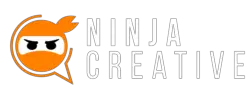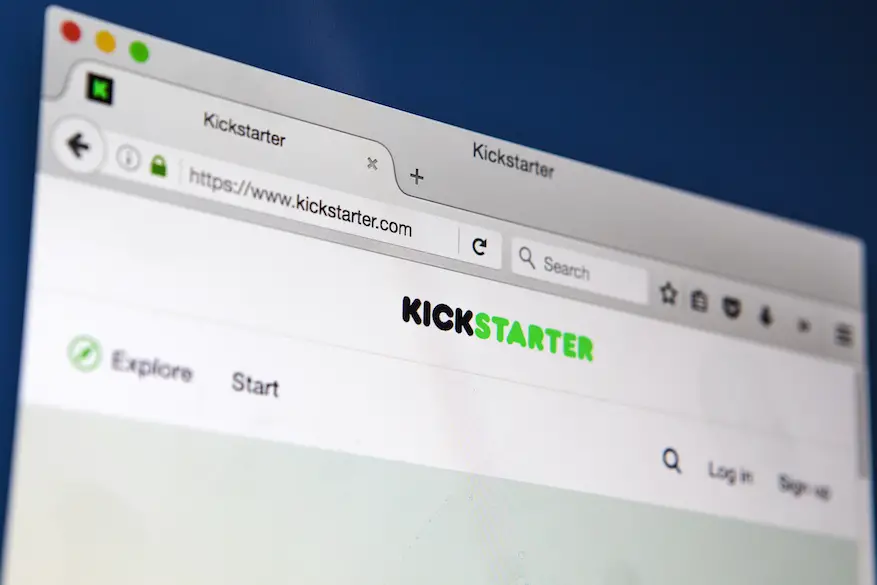These days it feels like crowdfunding is everywhere we look. From celebrities retweeting charity pages, to Facebook friends clamouring for cash to cover an extravagant honeymoon, crowdfunding has become truly ubiquitous. And while plenty of sites contributed to the mid-Noughties boom, there’s one in particular that we can blame for the rise of the fundraiser page: Kickstarter.
Almost a decade on from its founding, Kickstarter is the home of some of the highest crowdfunded projects of all time. Back in 2015, a smart watch called Pebble Time was announced on Kickstarter. Within a record-breaking 49 minutes it had scooped up $1 million in funding; by the time the deadline passed, Pebble Time had attracted almost 80,000 backers and over $20 million.
For budding entrepreneurs seeking to repeat the successes of Pebble Time, it can be difficult to know where to begin. In our opinion, though, it’s all about nailing that pitch.
What should a Kickstarter pitch look like?
When done well, a Kickstarter pitch will sell not only the product or service you’re offering, but your brand too.
Your pitch should provide all the information necessary for a potential backer to make their decision, but without overloading them with the minutiae. It should also have a quality that makes it stand out from the crowd.
How exactly the finished pitch will look depends entirely upon the project, but hopefully the guidance below will give you some inspiration to get started.
Choosing a Title
Living in an era of clickbait, it can be tempting to give your Kickstarter campaign a tantalising headline along the lines of “You won’t believe what this simple household product can do!”
The truth is, the most successful Kickstarter campaigns keep it simple when it comes to titles. Take, for instance, “Pebble Time – Awesome Smartwatch, No Compromises”, or “Baubax – The World’s Best Travel Jacket with 15 Features”.
If you haven’t already, work out the unique selling point (USP) of your product and put it in the title. Potential pledgers usually won’t bother to click through to work out what you’re offering, so get to the point quickly!
In some cases, of course, a catchy product title can do all the heavy lifting. The card game “Exploding Kittens” raised almost $9 million with a pitch bearing only the (attention-grabbing) product name as its title.
Evoking the Brand
As we’ve already discussed, a good pitch sells the brand and the product at the same time. Sell one without the other, and you risk misrepresenting your company or misleading your customers. Branding is evoked in many ways, but when writing your pitch, it can come down to little things like:
- Using contractions, e.g. you’re, can’t
- Addressing the reader directly
- Using informal/colloquial phrases
In a really good pitch, strong branding can dramatically boost the appeal of your product or service. Just take Använda, the self-styled “Great F*cking Bag” that surpassed its funding goal on Kickstarter by over $1 million.
In this case, the product’s crucial USP is the company’s tone of voice. Instead of boasting of the bag’s aesthetic appeal or functionality, the content on the page sells the Använda ethos. Scroll through and the colloquial, sarcastic and cheerfully irreverent tone of voice leaps out at you, making the branding and company approach instantly clear.
Such a strong approach can be risky – not everybody will respond well to Använda’s tongue-in-cheek stylings – but in this case, it definitely paid off. The important thing to remember is that your branding should be genuine, and not dreamt up solely for the purposes of your Kickstarter page.
Getting the Information Right
You may have a fun video, high quality images, strong branding and a catchy title, but if your information is incorrect or incomplete, it’ll all be for nothing. People pledging their hard-earned money want to be sure that it will be spent wisely, so make sure you’re transparent and straightforward about how the funding will be used.
You also have to be clear about what your product or service offers in a manner that is not dishonest or misleading. If you have competitors, take the time to research what they’re offering, and how your product compares. And whatever you do, don’t make claims that you can’t back up.
Dotting the “I”s and Crossing the “T”s
When you’ve finished writing your pitch, check it once, twice, and once more for good luck. A typo, or an awkwardly worded sentence in the opening paragraph may be enough to put someone off completely.
Finally, don’t be afraid to outsource your Kickstarter wording. If you feel you need some help, we’ll know the right questions to ask to make sure your campaign is both professionally written and personal.

